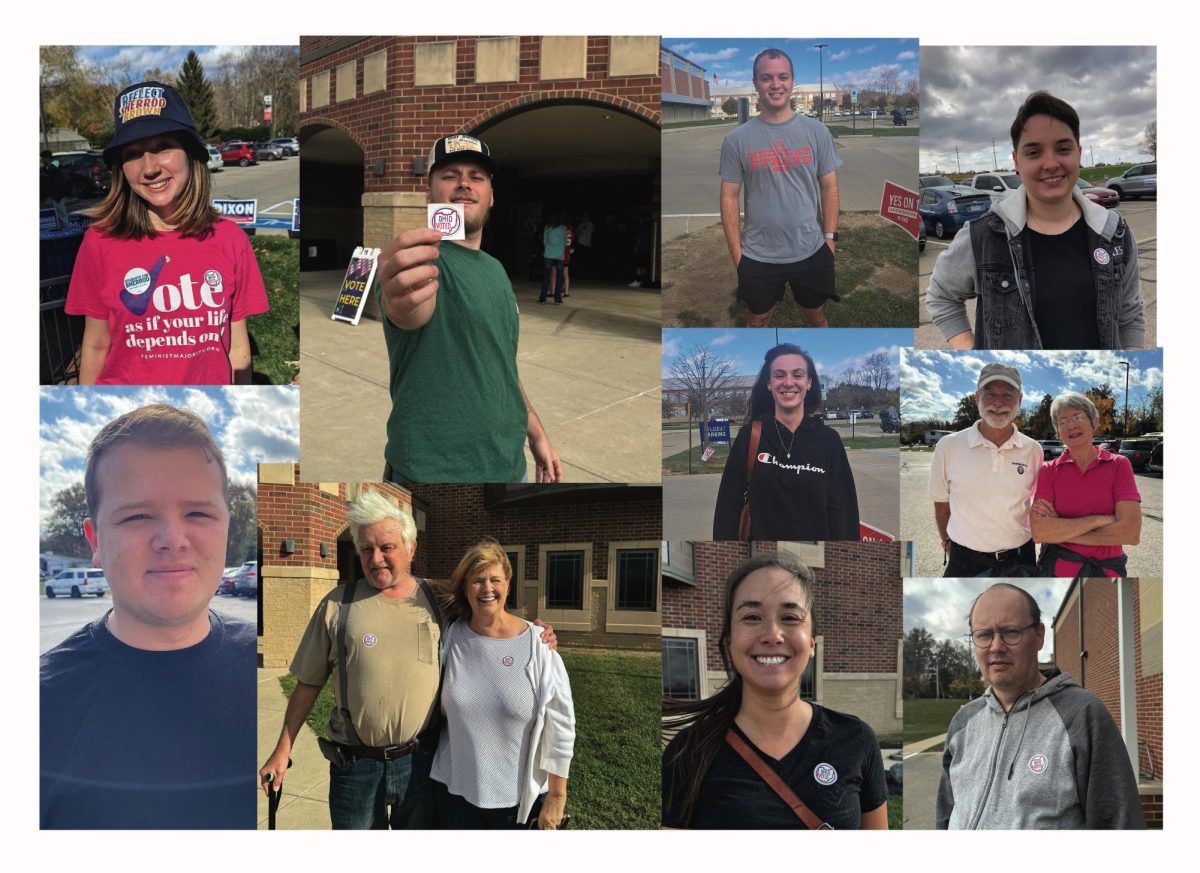Ohio Issue 1 proposes reducing penalties for some drug charges, reducing sentences for some drug felons and increasing funding for rehabilitation programs.
The goals, supporters say, are to keep low-level drug users out of prison, get them in treatment instead, and save the state money.
But law enforcement officials, judges and politicians who are otherwise united by concern over Ohio’s opioid epidemic have found themselves split in their views about this proposed constitutional amendment.
“My opinion on State Issue 1 mirrors the Ohio Association of Chiefs of Police, as well as the Butler County Chiefs of Police Association,” said John Jones, Oxford’s police chief.
Both organizations oppose Issue 1.
The local chiefs of police group’s statement argues that the proposal “will make the possession of deadly amounts of opioids and synthetic drugs a mere misdemeanor and make the prosecution of drug traffickers more difficult.”
Butler County Sheriff Richard K. Jones, Prosecutor Michael T. Gmoser and Coroner Dr. Lisa Mannix also oppose Issue 1.
In other parts of the state, however, law enforcement officials support Issue 1, as do drug treatment experts. If approved, here’s what Issue 1 would do:
- Reduce the penalty for obtaining, possessing or using a drug from a felony to a misdemeanor.
- Only sentence someone to jail time if they were caught using, obtaining or possessing drugs three separate times within two years.
- Allow people convicted of a felony for obtaining, possessing or using drugs to ask for their sentence to be reduced to a misdemeanor, even if they haven’t finished their sentence.
- Allocate available funding to rehabilitation programs and crime victim funds.
Issue 1 would not benefit drug traffickers nor anyone with a drug offense classified as a first-, second- or third-degree felony.
Although the majority of Butler County law enforcement officials oppose Issue 1, others believe it is necessary.
“I absolutely support the issue,” says Butler County resident Jessie Beuerlein, a nursing major at Miami Middletown. “In fact, I greatly support rehabilitation over jailing. There are multiple studies that suggest that rehabilitation works significantly better at preventing future crime than prison alone.
“I also think that drugs should be decriminalized,” Beuerlein added.
The nonpartisan Ohio League of Women Voters argues that Issue 1 would reduce the number of prisoners in Ohio state prisons, since lower-level crimes would have a reduced sentence or lowered to a misdemeanor instead of a felony.
The 2015 World Prison Population List by Roy Walmsley reports that the United States has the second highest prison population rate in the world, with 698 per 100,000 of the national population in prison.
According to a prison population count report issued Sept. 11, 49,304 people were in prison in Ohio, about a 2 percent decrease compared to the same date in 2017.
The 2016 annual correctional populations report provided by the U.S. Department of Justice states that an estimated 6,613,500 persons were under the supervision of U.S. adult correctional systems at year-end 2016, about 1 in 38 persons.
That was a nearly 2 percent decline from the same date in 2015.
“I support Issue 1 because criminal justice reform is a huge issue in our state,” said Cincinnati City Councilman Tamaya Dennard in a video interview on Twitter. “We have to stop the revolving door of prisons in our state, and this legislation is a great place to start.”










